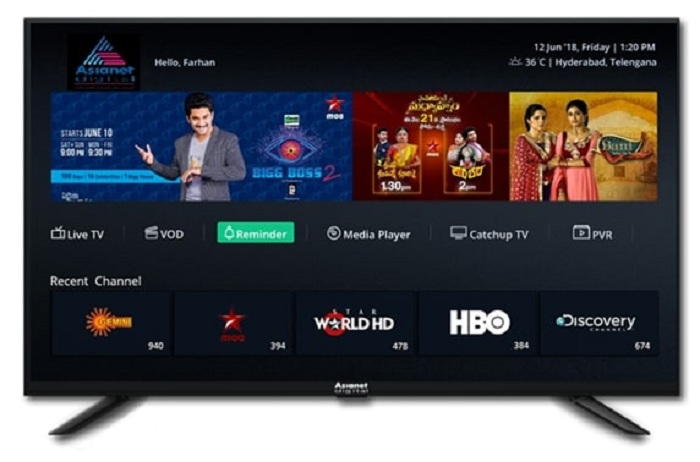Entertainment
Advantages of a TV Content Aggregator

A TV content aggregator is a good option for providers who want to maximize the number of viewers who can access content on their service. It can provide a wide variety of programs, thereby increasing viewers’ flexibility. In addition to its convenience, it lets users customize recommendations based on their preferences.
Flexibility
One of the advantages of a TV content aggregator is its flexibility. It can integrate digital marketing expertise with local markets to create packages of curated content for various platforms. This ensures that audiovisual works get the broadest distribution possible. Nevertheless, aggregators can be difficult to integrate with existing TVOD services, especially for smaller production companies.
The fragmentation of content and media will be a challenge for any content aggregator, but companies that can successfully solve the aggregation problem stand to gain considerably. They can improve customers’ experience and provide opportunities for subscriptions and ad revenue. Moreover, a successful aggregation solution will help grow the business of both small streaming services and midsize services.
In addition to facilitating content distribution, aggregators can help right holders negotiate better deals with platforms. For instance, an aggregator can help a small film find a digital distribution platform in a foreign country, which may not have otherwise been possible.
Convenience
Consumers today want more than a TV channel when viewing video content. They want an integrated experience that makes searching for and watching content easy and convenient. Content aggregators can help them achieve this goal by combining multiple content providers into a single service. Whether a consumer wants to watch TV shows, movies, or other entertainment content, a content aggregator can help them find it.
Many content providers have gone direct to the consumer, avoiding the middleman, allowing them to offer their services directly to their customers. This eliminates all of the hassles of dealing with multiple content providers. However, this trend will slow as subscribers grow weary of multiple channels.
Consumers can now use aggregators to find premium content. For instance, streaming services like Disney’s YouTube are a good way for consumers to find the content they may not otherwise discover. Additionally, consumers can find more original content in these services, which is crucial for their entertainment needs.
Range of Content
The range of content offered by a TV content aggregator greatly impacts the consumer experience. This service helps consumers find the content they want to watch without having to browse through the numerous available options. The aggregator also helps the consumer scale the agreements with different technology providers. As a result, it can provide economies for the consumer.
The increasing number of online services launching in the US makes it difficult for consumers to make sense of which one to subscribe to. With so many choices, it is easy to understand why consumers can become confused and frustrated. However, content aggregators can help consumers make sense of this overwhelming world.
Aggregation was first introduced during the 1980s with the explosion of channels on TV. It was then followed by the development of the pay-TV walled garden, and in the 1990s, EPGs became common. But with the advent of the Internet and multiple developments, the TV has evolved into a multifunctional device with more advanced interfaces and functions. The market fragmentation makes it difficult for new services to be heard and is associated with high subscriber acquisition costs. It also presents challenges for customer retention.
Ability to Customize Recommendations
In addition to providing a unified interface, a TV content aggregator also allows users to customize recommendations. While consumers rarely ask for such a feature, they do want it. A survey of pay-TV subscribers found that 62% were frustrated by the difficulty of discovering content. Although the frustration has slightly decreased over the last five years, it remains a significant challenge for pay-TV subscribers.
As more consumers opt for subscription-based video on demand, the number of aggregators also grows. With SVOD subscriptions increasing at over 70 percent annually, more consumers will require the assistance of a content aggregator. There are various aggregators available, from new disruptive companies to more established players such as Pay-TV operators.
Some aggregator apps allow users to customize recommendations based on their tastes and preferences. They also give users the option to preload their apps on their devices. This allows them to position their service as their default for online television.




![[pii_email_4c910535350b5a41ee81] Error Code Resolved](https://wigily.com/wp-content/uploads/2020/09/pii_email_4c910535350b5a41ee81-Error-Code-Resolved.jpg)
